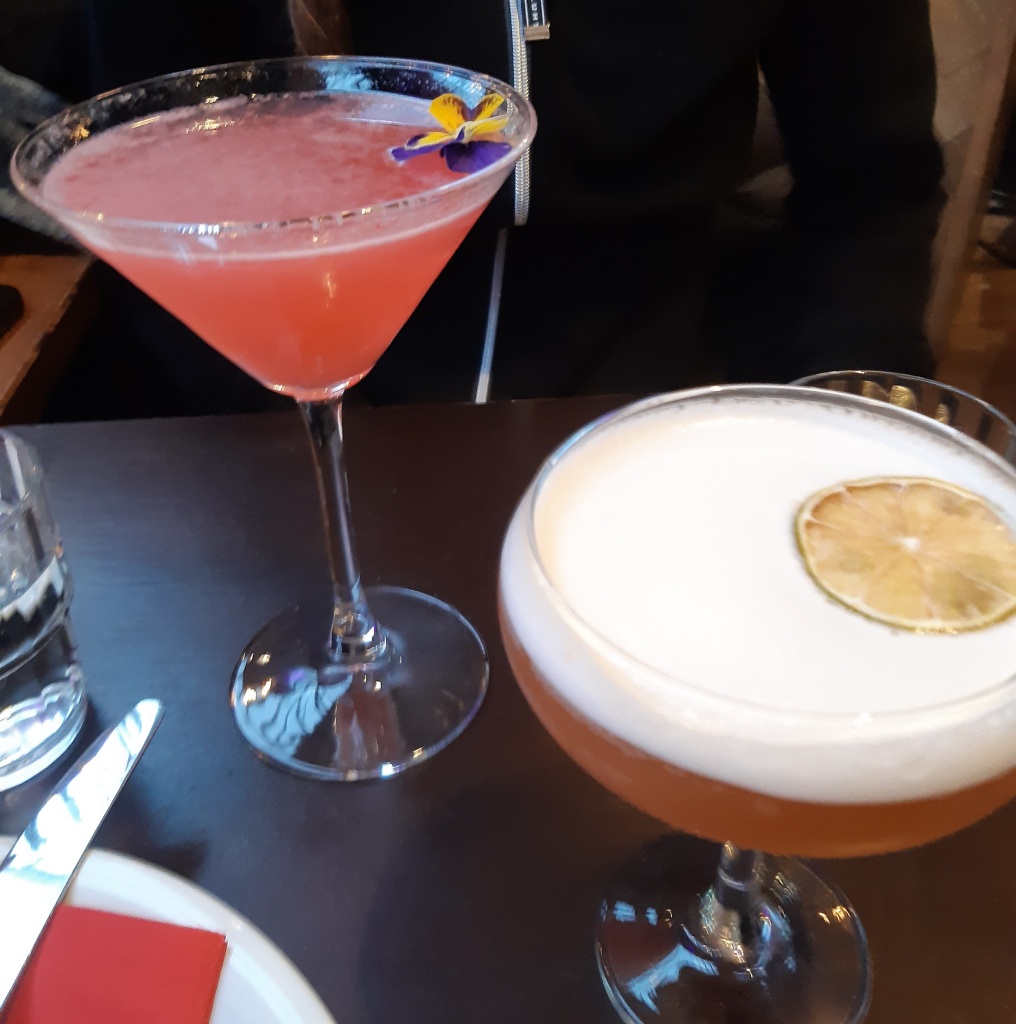Hello,
Between editing “Words Christmas Gave Us” (my next Wordfoolery book, releasing in 2024) this month, I’ve been working on my downloads for readers. Did you know I have a downloads page with free articles? I’ve created some wonderful ones for the Christmas release (not yet available, sorry) and I’ve started work on “Words People and Places Gave Us” for the same page. It will contain all the eponyms and toponyms I’ve stumbled across since publishing “How to Get Your Name in the Dictionary”, a sequel of sorts. As these downloads go live, I’ll mention it here.
One of those eponyms was the bellini. It’s a word Venice gave us. Sometimes we can forget that Venice was a hugely influential city state, but its influence remains in the English language. We have all of these words thanks to Venice – gondola, regatta, quarantine, zany, bellini, and carpaccio. I’d make a case for casanova too.
The bellini cocktail was invented in the 1930s or 1940s by Giuseppe Cipriani, the founder of Harry’s Bar in Venice. The drink mixes puréed white peaches and the Italian sparkling wine called prosecco, sometimes with a dash of raspberry or cherry juice to enhance the colour. Initially this was a seasonal tipple as white peaches are only in season from midsummer to early autumn, but now the peach purée is more widely available.
Cipriani named the drink the bellini because its unique pink colour reminded him of the toga of a saint in a painting by the 15th-century Venetian artist Giovanni Bellini. Its variants are also eponymous. If you replace the peach with mandarin you get a puccini (Italian composer), a rossini (Italian composer) uses strawberry purée and a tintoretto (Venetian painter) deploys pomegranate juice.
Cipriani was an inventive chap. He also created carpaccio, the raw beef dish, which is named for Vittore Carpaccio, the Venetian painter known for the red and white tones in his work.
Now all I have to do is come up with an excuse to sample a bellini in Venice.
Grace (@Wordfoolery)
p.s. Want more Wordfoolery? Subscribe to the monthly newsletter “Wordfoolery Whispers”. Don’t forget to click on the confirmation email, which might hide in your spam folder.
p.p.s. this post contains affiliate links which make a small payment to the blog if you choose to purchase through them. #CommissionsEarned. Alternatively, you can use my digital tip jar to say thanks for this year’s words.


